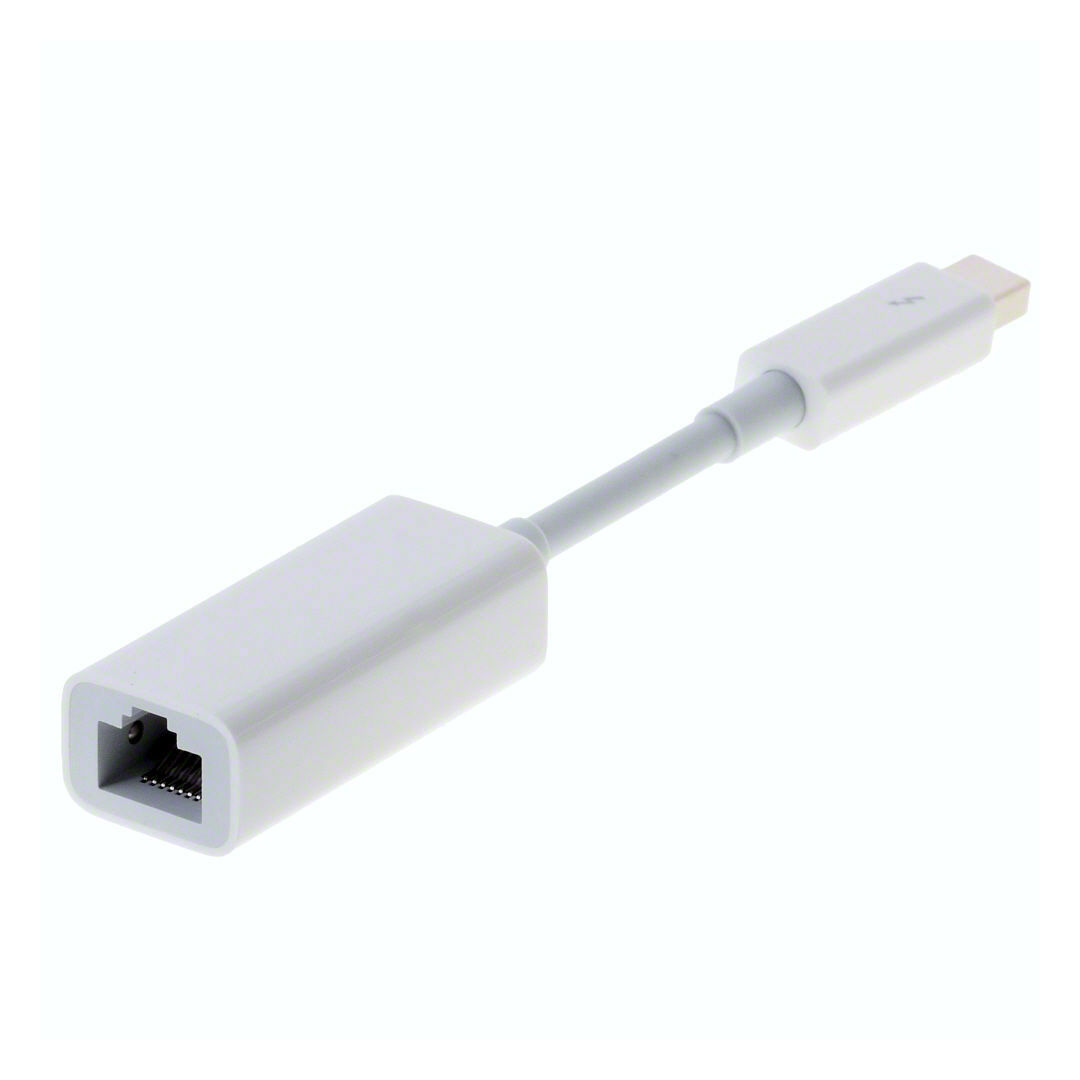

So converting existing ethernet networks to a 10Gbps ethernet network is no trivial matter and is quite expensive. One of the reasons for a slow take up rate of 10Gbps ethernet is that it requires full duplex point-to-point links (typically via network switches) and as a result half duplex operation and repeater hubs do not work in 10Gbps ethernet networks. It is also worth noting that Apple has never launched a computer (not even Mac Pros or Servers) that natively support 10Gbps ethernet.

While 10Gbps ethernet is starting to gain some traction in terms of network infrastructure, this is only happening in some of the largest organisations or those that have a particular need for this type of setup (such as ISPs, Cloud providers, data centres, etc). However, in 99.9% of cases (okay, I can't cite a source for that figure - I'm just making a point) this will not be a practical consideration for users unless they intend to connect to an existing 10Gbps ethernet network. I'm adding this longer answer due to the various comments below my original answer.įor starters, ethernet can actually support up to 10Gbps. So, as you can see, it doesn't matter because they're all faster than the ethernet you're converting to. *In the overwhelming majority of cases, although 10Gbps ethernet networks do exist. More specifically (and at the risk of oversimplifying it): I say this because both USB 3.0 and Thunderbolt are faster than ethernet, so it doesn't matter which way you go from a speed point of view. The answer to your question as asked in the title is it really depends on what ports you have available, personal preference, cost, etc.


 0 kommentar(er)
0 kommentar(er)
